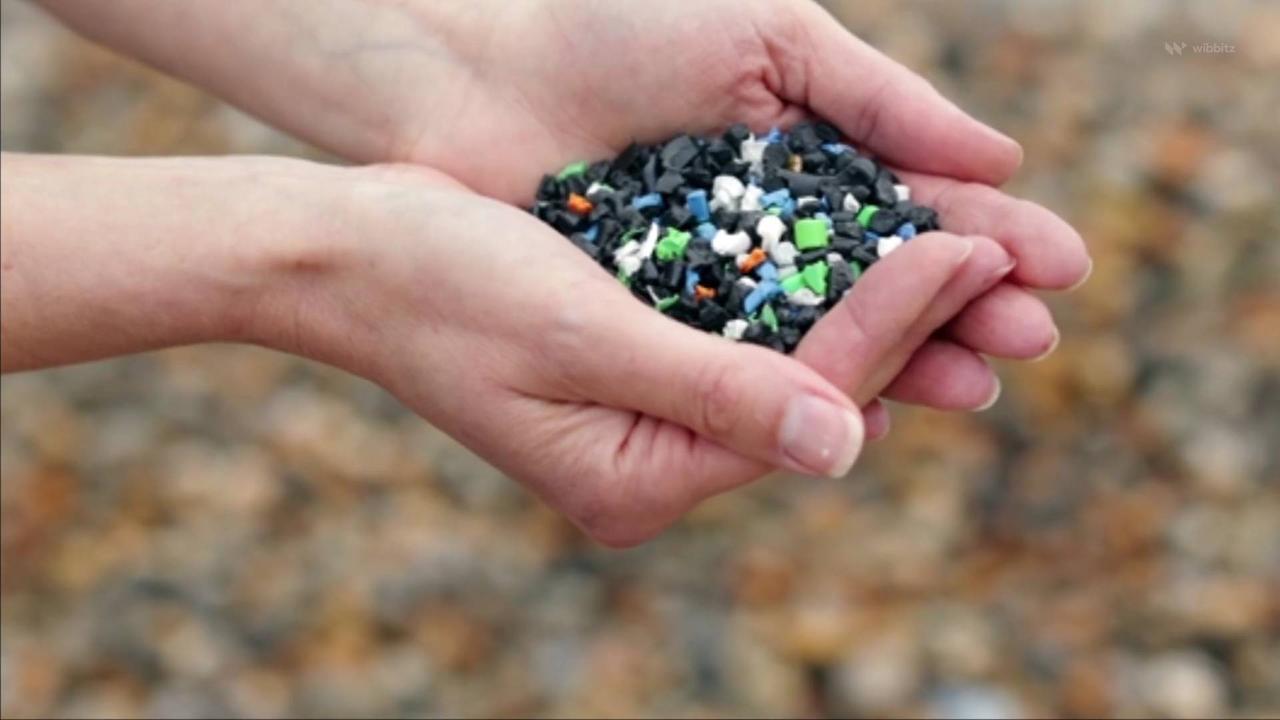
Microplastics From Food Packaging and Paint , Found in Human Veins.
The study was published in the journal 'PLOS One' on Feb.
1.
According to the new study, microplastics can pass through blood vessels to reach vascular tissue.
However, scientists have yet to identify the exact impact this will have on human health.
Whilst we don’t yet know the implications of this on human health, what we can say is that from studies using cells grown in dishes, they cause inflammation and stress responses, Professor Jeanette Rotchell, environmental toxicologist at the University of Hull, via 'The Independent'.
A small pilot study was conducted by a team at the University of Hull and Hull York Medical School, along with researchers from the Hull University Teaching Hospitals NHS Trust.
The team analyzed human saphenous vein tissue supplied by patients undergoing heart bypass surgery.
Researchers discovered 15 microplastic particles per gram of vein tissue along with five different types of other polymers.
'The Independent' reports that the most prominently found microplastic was alkyd resin, which is found in synthetic paint, varnishes and enamels.
.
Polyvinyl acetate (PVAC), an adhesive used in food packaging, and EVOH and EVA, which are used in flexible packaging materials, were also found in the samples.
Polyvinyl acetate (PVAC), an adhesive used in food packaging, and EVOH and EVA, which are used in flexible packaging materials, were also found in the samples
